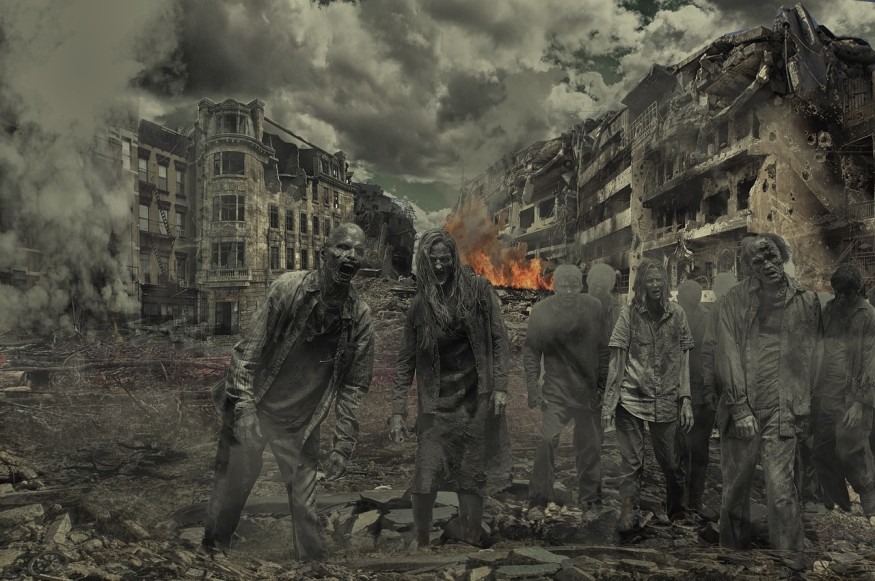
How plagues propagate does not always need the real world to be understood. In Finland, experts are modeling a fictional scenario to understand the spread of pathogens. They are specifically looking at the shambling undead with an appetite for human brains - zombies.
Learning from the Undead
Led by mathematician Pauliina Ilmonen of Aalto University, a research team conducts models of a zombie uprising where they alter the parameters to determine how a plague would spread across Finland. The full results are yet to be published, but the simulations are already giving some helpful insights.
For instance, the window of time for containing a zombie outbreak is very narrow. Starting with a single zombie in Helsinki, authorities need to act within just seven hours to destroy the 'infected' agent or to quarantine the city. Beyond this time, zombies swarming over the entire country is inevitable.
The study focuses on individual interactions instead of a population-wide model. The researchers believe that this could reveal insights that can help in the preparation for future pandemics. According to Ilmonen, she was surprised at how quickly they needed to react to keep the population alive. The results made her think about moral issues such as the rights of individuals versus the rights of a population.
The team has shown that their simulations work, and they are hopeful that it can be adapted for other regions of the world, and even in other scenarios. For instance, it can be used in studying how rumors and gossip get around or how dangerous disinformation is spread. According to the researchers, the findings of their study can help in developing mitigation strategies.
Role of Zombies in Various Disciplines
The use of fictional scenarios in understanding the propagation of plagues is not a brand new concept. For instance, zombies have been used in engaging medical students in epidemiology studies, as well as other disciplines like mathematics. In 2011, the CDC invoked zombies for a public pandemic preparedness campaign.
The multiplayer online role-playing game World of Witchcraft features the Corrupted Blood incident, also known as the World of Witchcraft pandemic. It tells the story of a strange disease that spread on September 13, 2005. It gained global attention from epidemiologists due to the way it seemed to model real-world propagation of a pandemic. The game hinted at the power of simulation to model the spread of an infectious disease.
There is also the simulation video game Plague Inc., which was used as a tool in understanding the COVID-19 pandemic. This game revolves around a pathogen which infected 'Patient Zero' and threatens to end human history.
However, it is surprisingly tricky to design such a simulation that works in a realistic way. Mathematician Lauri Viitasaari of Uppsala University describes the right probability for a human winning an encounter with a zombie. The problem, according to Viitasaari, is that they are walking blind here, because real data on such questions is very limited.
Mathematician Natalia Vesselinova also adds that the large number of human-zombie interactions that need to be simulated makes this model computationally intensive. This can be solved by simplifying the model so it could run on less power, while still giving realistic outcomes.
RELATED ARTICLE : Will Zombies Come in the Future? Can Scientists Actually Create Them?
Check out more news and information on Zombie in Science Times.










